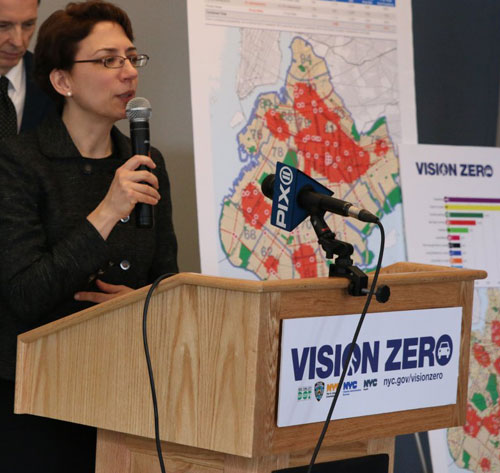The Department of Transportation is seeking to roll out its “neighborhood loading zones” program in Park Slope after pushback from motorists forced the agency to yank the zones in Clinton Hill last summer.
The plan involves axing a dozen parking spots along Second and Third Streets between Fourth and Eighth Avenues, giving trucks a spot to pull into while also supplying residential deliveries and ride-share vehicles a place to drop off safely, instead of double parking or idling in bike lanes.
The plan was passed unanimously by Community Board 6’s transportation committee on March 6. The chair of the committee, Eric McClure, says the neighborhood is suffering under the weight of increased truck traffic, and that anything that will reduce congestion is welcome.
“Everyone has seen firsthand the proliferation of deliveries in the community, whether it’s the uptick in people shopping online or buying groceries from Fresh Direct, the number of delivery trucks in Community Board 6 has grown seemingly exponentially in the past two years,” McClure said.
The program is already in effect in several neighborhoods across the city including Williamsburg, but the last time the agency tried to bring the program to nearby Clinton Hill, they were met with overwhelming pushback from residents who claimed DOT switched the use of the spots overnight and towed cars that had been parked legally before the zones were implemented.
To prevent this, Community Board 6 included in its approval a condition that the department coordinate a robust outreach program in cooperation with the board, which will include distributing flyers and postcards to the affected residential blocks.
Despite the planned outreach, McClure says he still anticipates plenty of bellyaching from Park Slope motorists about the prospect of losing free parking, even if the number of spots lost is only a drop in the bucket.
“I like to refer to it as the third rail of Brooklyn politics,” he said of parking. “We’re talking about a five-block stretch where you’re probably looking at a total of 350 to 450 parking spaces in total and they are going to take fewer than a dozen on either of those stretches.”






















